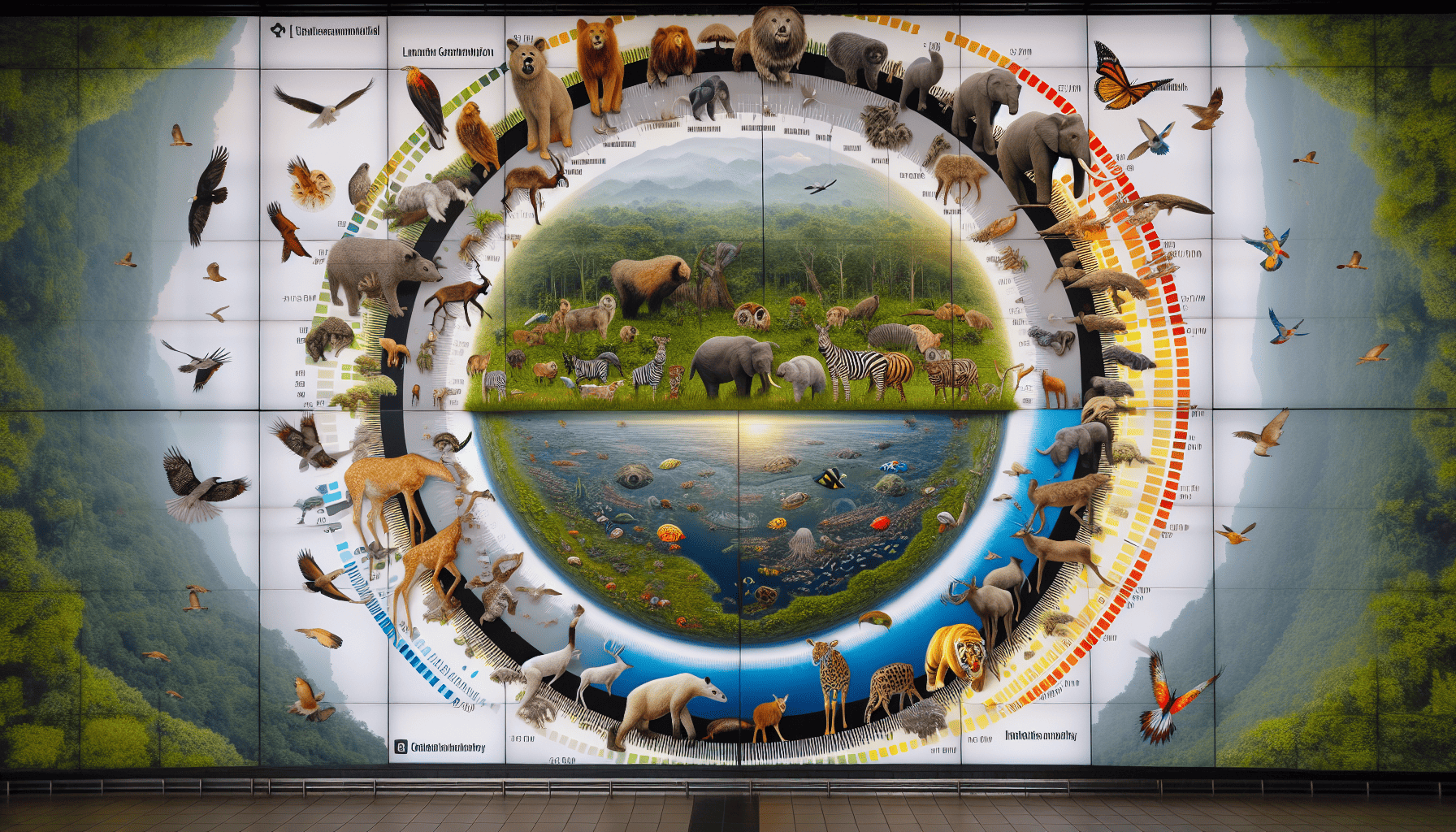Climate change stands as one of the most pressing environmental challenges of our time, exerting far-reaching effects on global biodiversity. Rising temperatures, altered precipitation patterns, and increasing frequency of extreme weather events are reshaping ecosystems and threatening countless species across the globe. Understanding the extent of these impacts and developing strategies to mitigate them is critical to preserving the planet’s intricate web of life.
The most visible impact of climate change on biodiversity is the shifting distribution of species. As temperatures rise, many species are forced to migrate to cooler habitats, often moving towards the poles or higher altitudes. This has a profound effect on ecosystems, as the balance between predator and prey, as well as plant and animal interactions, is disrupted. For instance, numerous bird species have been observed to alter their migratory patterns, with some failing to find suitable breeding grounds, impacting their survival and reproduction rates.
Moreover, marine ecosystems are exceptionally vulnerable to climate change. As oceans absorb excess heat from the atmosphere, water temperatures rise, and coral reefs, which are vital habitats for marine life, experience widespread bleaching. Coral bleaching occurs when stressed by warm water, causing corals to expel the symbiotic algae living in their tissues, leading to the loss of coral life and the collapse of marine biodiversity that depends on these reefs.
Freshwater ecosystems are also feeling the heat, with changes in water temperature and flow affecting species composition. Amphibians, already threatened by habitat loss and pollution, are particularly susceptible as climate change exacerbates their decline. For instance, increased temperatures can cause mismatches in breeding timing and larval development, reducing survival rates.
While the threats are significant, research and conservation efforts provide a beacon of hope. Scientists are actively studying the genetic diversity within species to understand resilience mechanisms that allow some organisms to adapt to changing conditions. Conservationists are advocating for the creation of ecological corridors, allowing species to move and find new habitats more easily, thereby increasing their chances of survival.
Innovative approaches are also being developed to mitigate climate impacts on biodiversity. Techniques such as assisted migration, where species are deliberately relocated to more suitable habitats, are being explored. Additionally, conservationists are working on habitat restoration projects that bolster ecosystem resilience, such as reforesting areas affected by deforestation and deploying artificial reefs to restore marine biodiversity.
Community engagement and policy shifts are indispensable in these endeavors. Raising public awareness about the importance of biodiversity and the dire impacts of climate change can spur action at multiple levels. Governments are urged to implement policies that reduce greenhouse gas emissions, promote sustainable land use, and prioritize biodiversity conservation.
In conclusion, while climate change presents a formidable challenge to global biodiversity, concerted efforts from scientists, conservationists, policymakers, and communities offer pathways to mitigate its impacts. By advancing research, amplifying conservation initiatives, and fostering global cooperation, we can aspire to safeguard the richness of life on Earth for future generations. Maintaining this diversity is not just an ecological imperative but a fundamental pillar for human well-being and our planet's health.
